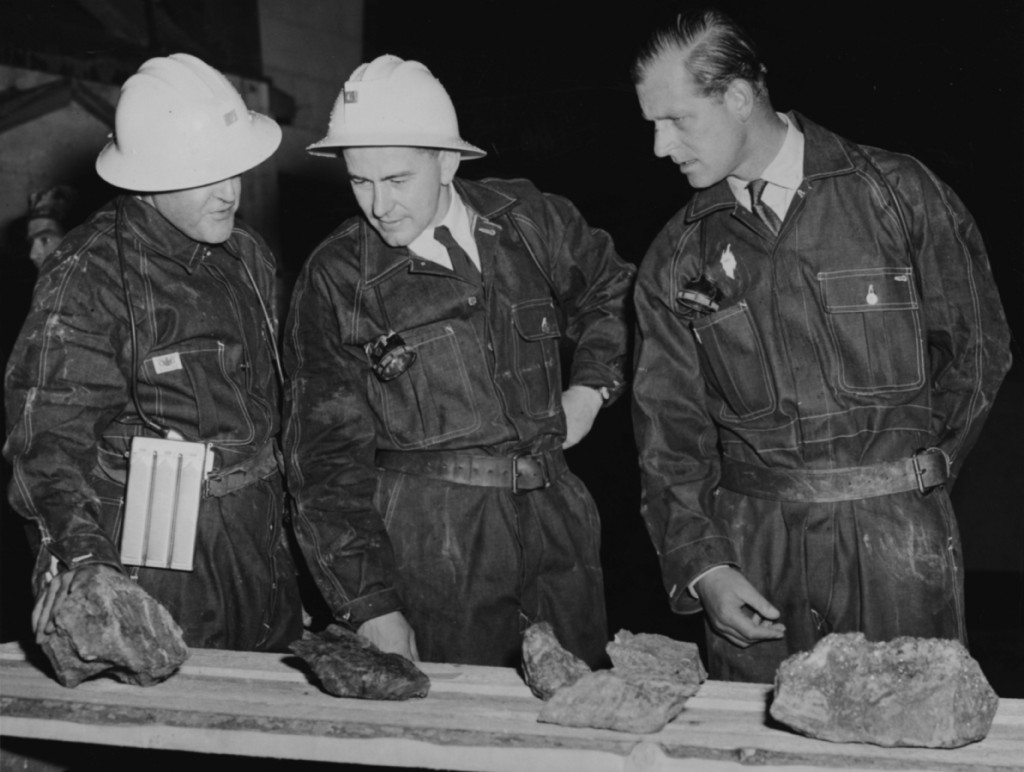The Ocean’s Uranium Could Power Earth For The Next 13,000 Years
by kevin_jackson, 8 years ago |
2 min read
So why aren’t we using it?
With the climate change clock ticking towards disaster, scientists have begun looking toward a resource that covers 70% of the Earth’s surface: the ocean. While some are focused on how to harvest energy from waves, others are looking at how to extract the ocean’s vast reserves of naturally occurring uranium and turn it into fuel. A research team at Stanford is currently working to improve on a uranium-extraction process pioneered by Japan in the 90s. The process involves dipping negatively charged plastic fibers into seawater; the negative charge of the fibers attracts positively charged uranyl ions. (Uranyl is uranium attached to oxygen, so scientists must chemically treat the fibers to separate the oxygen from the pure uranium.)
✕
Do not show me this again
